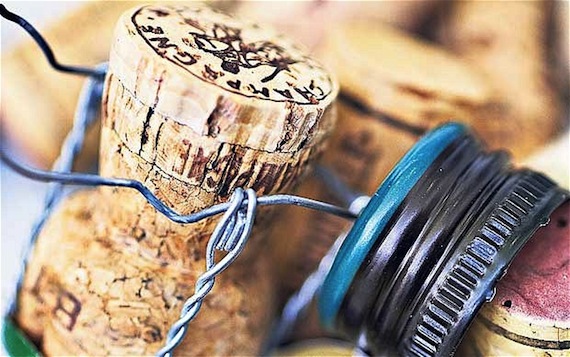We feel bad for wine bottle screw caps. They work just as hard as corks do, but they don’t get any credit. In fact, they’ve somehow even earned a reputation as being the sign that a wine is cheap or tastes gross. After reading a really interesting article about this debate on the NPR blog, we felt we had to stand up for the screw cap since it isn’t about to defend itself.
Wine bottle screw caps made their first appearance in the 1950s, but they were really for less expensive, poorer quality vinos. NPR says it wasn’t until the last decade that the image of the screw cap started to change in a positive way, but we have to disagree – we’d say 5 years, tops, and it still isn’t quite there yet.
We think the most obvious benefit is possibly even the best one: the ease of opening a bottle. Yes, there’s something to the excitement of uncorking a wine bottle but sometimes you just want to open the damn thing and start drinking. If you can’t find your corkscrew, you’re suddenly in for a world of pain trying to get that corked sucker open. Also, if you’re not great at uncorking bottles in general, you may be more than familiar with finding bits of cork floating in your wine glass. Not tasty.
What most people don’t realize is that some wines actually benefit more from not being corked. White wines and reds that should be drunk young are best with screw caps that keep the bottle completely sealed and do not allow any oxygen to enter; a cork still allows a small amount of oxygen into the bottle. James Foster, the senior winemaker at Cupcake Vineyards, says that corks are best for bigger, full wines that benefit from a little oxygen. The tiny bit of air inside the bottle helps smooth out the tannins so the wine is more drinkable and velvety.
Despite the benefits of the screw cap, we know there are still people out there who think they’re ruining wine. We get it: no one likes change, especially when it’s to a centuries-old tradition. But listen up people, there’s enough room for screw caps and corks in the wine world.


